
Guanacaste hospitals are going through the worst point during the COVID-19 pandemic. The number of hospitalized patients is practically at the capacity limit, medical supplies are running out faster and faster and if critical cases continue to increase, there won’t be any more ventilators available soon.
This is the reality that the Enrique Baltodano Hospital in Liberia and La Anexión Hospital in Nicoya are facing due to the increase in cases in recent weeks, according to what the hospitals’ directors told The Voice of Guanacaste.
Transferring patients to hospitals in the Greater Metropolitan Area is no longer an option that they can use very often because they are also at capacity. That’s why hospitals in the province have no other option but to take care of the patients themselves as much as possible with the resources and personnel they have.
We are trying to be self-sufficient with the resources we have to be able to get past at least this peak between now and June 20,” said Marvin Palma, director of the Enrique Baltodano Hospital in Liberia, based on the institution’s estimates.
Hospitalizations have been increasing and the age of patients seeking medical attention is lower. This is one of the peculiarities that both hospitals have noticed in the most recent increase in infections.
“We have to find a way to make people understand that this is a real situation, that it’s not something exaggerated and that hospitals are in a situation of maximum expansion,” Angulo insisted.
During the course of the pandemic, the two hospitals have hired more than 180 people to meet the high demand for services.
Patient Limits
The La Anexión Hospital in Nicoya went from having the six beds that it had set up for COVID-19 at the beginning of the pandemic to 12— and then 16. The hospital now has 34 patients hospitalized, with the possibility of reaching a “maximum expansion” of 42 beds.
This hospital’s COVID-19 unit was closed for almost three months at the beginning of 2021 — from the end of January to March— thanks to the decrease in cases, but as of April 16, infections increased significantly and the unit reopened at the end of that month.
There have been difficult moments because my staff is already exhausted, the equipment is beginning to be affected and the supplies are also running out,” said La Anexión’s director, Anner Angulo.
This hospital is preparing for a worse moment, although Angulo admits that the entire staff is praying that that doesn’t happen. If cases continue to increase, the medical center has a mobile unit ready that would receive patients suspected of having COVID-19 next to the Emergency Room area.
Enrique Baltodano is a referral hospital so it juggles patients from Liberia and those it receives from other health centers.
The number of critical patients who come with COVID-19 is a lot, especially from the Upala area who come here, or Cañas or Filadelfia, which are some of the cantons that generate the most positive cases that have been getting complicated,” said the hospital director, Marvin Palma.
Currently, Liberia has more than 90% of the beds full. At the beginning of the pandemic, it set up 53 beds for COVID-19 patients and now reports 85 hospitalized patients. The maximum capacity is 91 spots.
The length of stay varies, especially in mild and moderate cases, said Palma, but it’s around 10 days, while the most critical patients can spend 27 days in bed.
Before the pandemic, the hospital saw between 200 and 300 patients a day. These cases continue to arrive, added to an average of 170 patients who seek attention each day due to suspected or confirmed COVID-19.
Currently, the hospital has an area— which was originally for physical therapy— where a “mini” emergency section was set up to handle suspected cases of COVID-19, and another to see other emergencies.
The hospital and the Municipality of Liberia made an agreement to close the street parallel to the medical center to set up a space where patients can wait for care with more distancing. In that place, they also set up a post where they dispense medicine until 6 p.m. every day, including Saturdays and Sundays.
In light of the increase in patients, last week the hospital set up a new COVID-19 care area: the chapel. According to Palma, the technical conditions made it more feasible to choose this space rather than the auditorium. The place facilitated the installation of bathrooms, showers and the installation of a generator for medical equipment and air conditioning.
The availability of medical equipment also worries Palma. “I think that citizens haven’t been aware of the critical situation. We aren’t going to have ventilators left anymore; we aren’t going to have high-flow cannulas left anymore— which are already at a critical point at this time. We’re going to have to adhere to a bioethical strategy to determine who is given the procedure and who isn’t given it,” he said.
The high-flow cannula is inserted into the nostrils in a non-invasive way to supply oxygen. This is what patients ask for most when they come to the emergency units: air.
It’s horrible to see someone in the hospital asking for air, asking for oxygen because their lungs no longer work to breathe, and almost knowing that when a patient has to be intubated, it’s almost like telling them that they have the ticket to death”, said Angulo, from La Anexión.
In addition to being almost at the limit for hospitalizations, both hospitals have noticed a change in the profile of people that come to seek medical attention or that are hospitalized.
A year ago, elderly people filled most of the beds in both hospitals, but that changed. The most recent increase in COVID-19 infections is among a much younger group, even those who have few or no risk factors, explained the director of La Anexión Hospital in Nicoya, Anner Angulo.
Patients between 26-28 years old and up to 49-50 years old are the standard of the people who seek medical attention in the emergency areas for people with respiratory symptoms and those who suspect COVID-19.
The directors of both hospitals attribute this to vaccination of senior citizens, but also to the fact that the young-adult population takes compliance with health measures more lightly, such using a mask, hand washing and social bubbles.
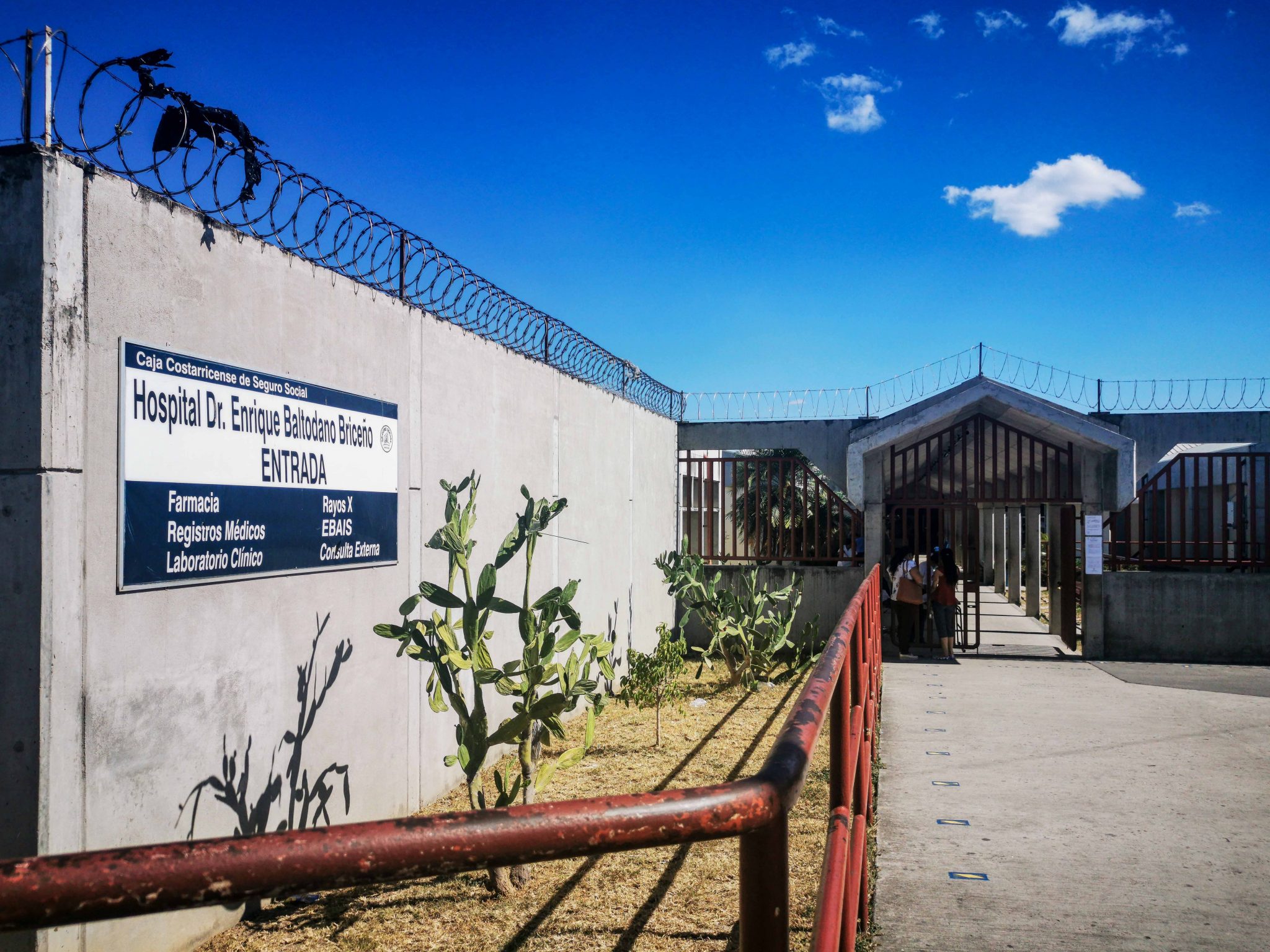
The hospitals in Nicoya and Liberia have about 120 patients hospitalized with COVID-19. Photo: Jennifer Mora
Working in Network
For two weeks now, the health centers of the Chorotega region have been working in network, which has given a little more breathing room to Guanacaste’s hospitals, mainly to the hospital in Liberia.
The Costa Rican Social Security Fund (CCSS) established a coordination plan for the Chorotega region between the hospitals of Upala, Nicoya and Liberia and the Comprehensive Health Care Center (CAIS- Centro de Atención Integral de Salud) of Cañas.
At the beginning of the pandemic, the Nicoya hospital only treated mild or moderate cases, and transferred critical cases to San Jose. However, since beds in the capital are practically full, these patients are now sent to Enrique Baltodano.
Angulo said that the CCSS has reported 55-56 patients from regional centers, such as Limon, Ciudad Neilly and Liberia, among others, waiting to be transferred. The hospitals present each case to a team from the institution that coordinates the transfers in network.
Some very critical patients are transferred to San Jose. That was the case for two intubated patients in delicate condition that the CCSS airlifted from Nicoya to Hospital México on Sunday, May 23.
For its part, the CAIS of Cañas made seven beds available to the Liberia hospital for patients who tend to have a stay of around 10 days.
There are 7 beds that I can move here to make the hospital stay transition to be able to have more care for polytrauma or traffic accidents that are happening day by day,” said Palma.
If a patient has a pending surgery and is in Cañas, that Health Center takes on the preoperative evaluations. “The patient is brought to us in the morning, the day of the surgery we operate on him, we [help] him recover and we return him to Cañas. This in-network structure has been extremely successful,” said Palma.
Upala’s hospital receives intermediate care patients and has offered the option of hospitalizing people after surgical procedures. In addition, the Santa Cruz Health Area set up two beds for hospitalization.
Hiring Staff
Throughout the pandemic, CCSS has authorized hospitals to hire more staff to increase response capacity to meet the high demand for COVID-19 patient care.
General practitioners, respiratory therapists, nursing assistants and miscellaneous stand out among the positions created by the exception route, a temporary contract to handle the health emergency.
Liberia’s hospital has hired more than 100 people and Nicoya’s hospital has hired around 80 people. “[CCSS] allowed us to substitute or duplicate job posts for emergency room services as we opened the COVID-19 unit and according to the center’s needs,” Angulo commented.
Each of these workers needs to undergo training in disinfection processes, proper handling of protective equipment, differentiated waste management and other protocols that health personnel have adopted as a result of the pandemic.
New personnel are given the induction period. It’s a quick induction, not like the one we’d like to have, and they are located in less risky areas accompanied by someone with experience. This makes it possible to transfer those with more experience to the areas with the most critical patients,” explained Palma.


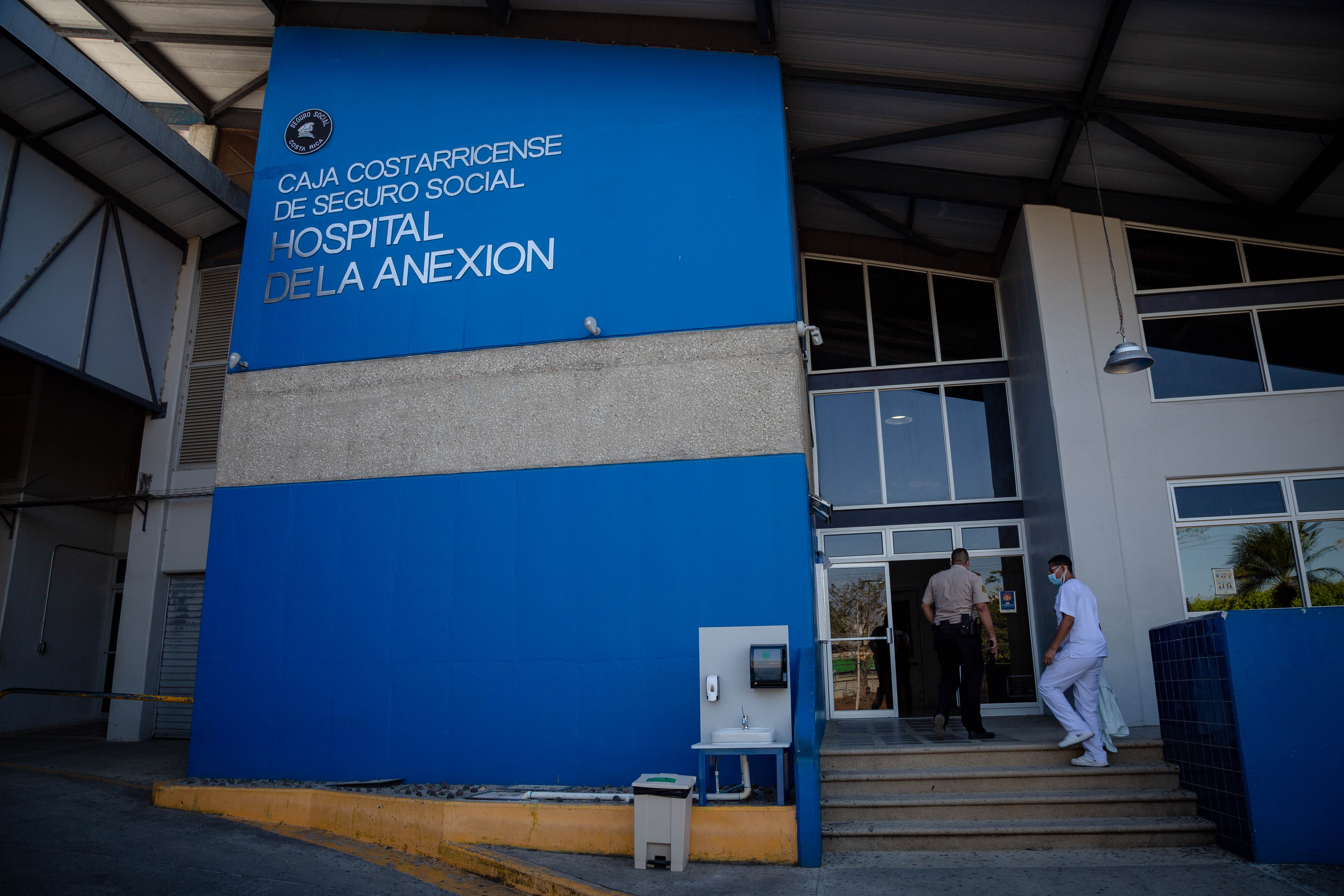
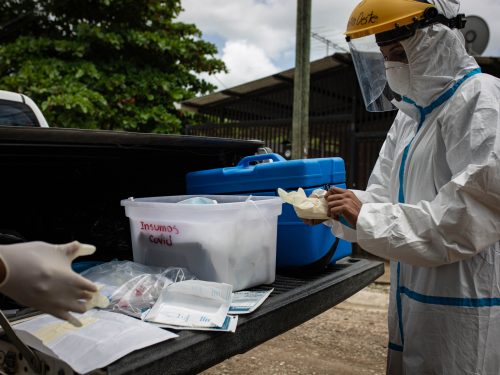
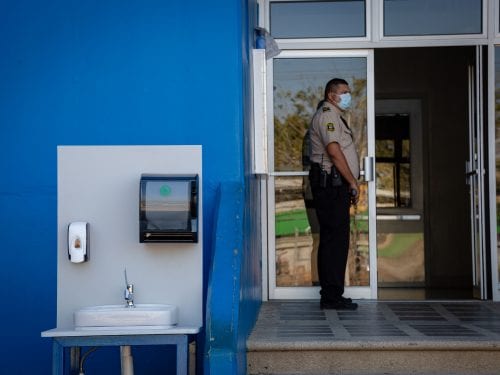
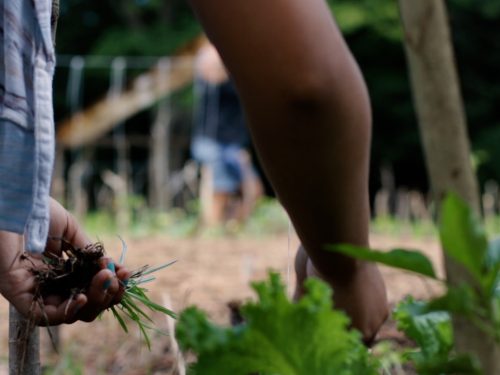

Comments